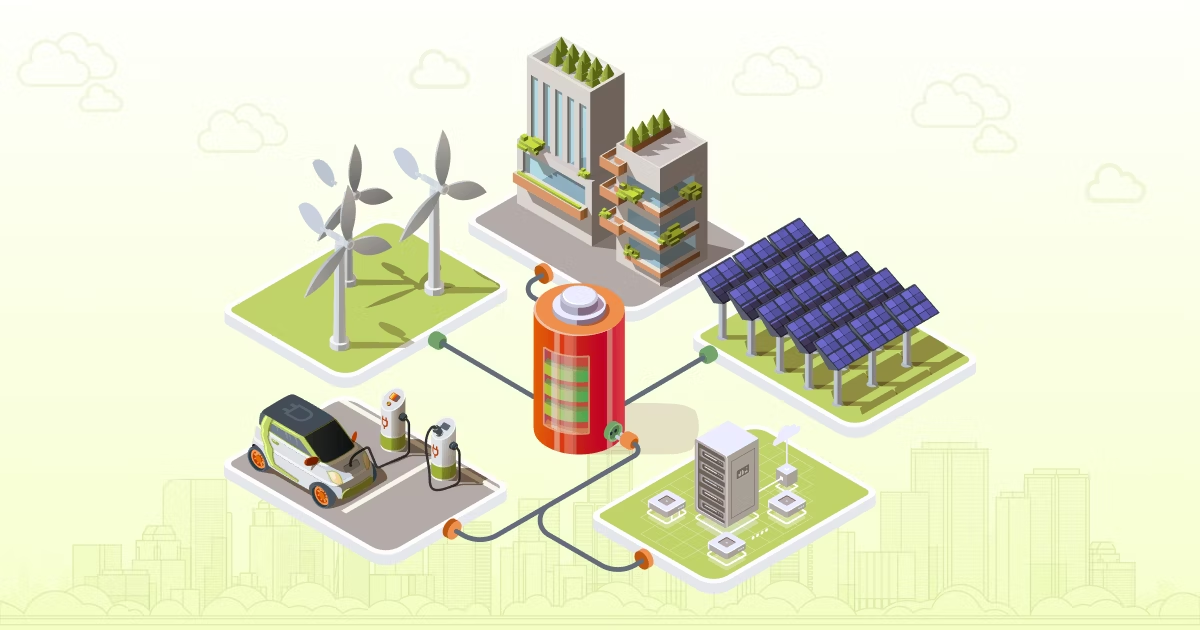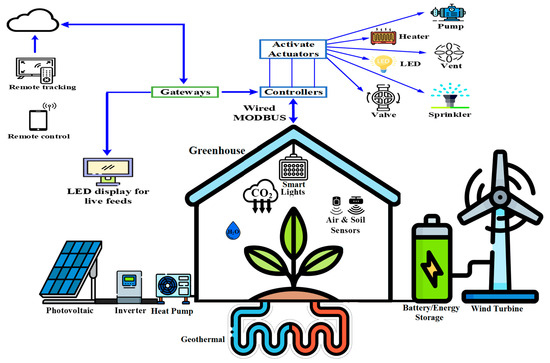Sales automation software isn’t just a modern convenience—it’s a competitive advantage. Businesses that adopt smart automation tools for their sales process see improved conversion rates, better customer engagement, and more consistent pipeline management. As Tamer Badr, owner of Singleclic, puts it:
“Sales automation software doesn’t replace the human touch—it enhances it. When used properly, it gives sales teams back the most valuable resource: time.” — Tamer Badr, Founder of Singleclic
In this article, we’ll explore the key benefits, leading tools, potential drawbacks, FAQs, and real user reviews.
What Is Sales Automation Software?
Sales automation software refers to tools that streamline manual and repetitive tasks in the sales process. This can include:
- Lead generation and enrichment
- Email and call scheduling
- Follow-up reminders
- Sales analytics and reporting
- CRM updates and data entry
- Pipeline and deal management
Rather than replacing sales professionals, these tools allow them to focus on high-value tasks like closing deals and building relationships.
Why You Should Use Sales Automation Software
Here are key reasons businesses are adopting sales automation:
- Time Savings – Automating follow-ups and data entry can save hours each week.
- Consistency – Maintain brand voice and timing across communications.
- Lead Scoring – Prioritize the most likely buyers.
- Improved Conversion Rates – Track behaviors and send timely responses.
- Scalability – Handle hundreds of leads without extra headcount.
People Are Always Asking: Is Sales Automation Really Worth It?
Yes—and the numbers speak volumes. According to a report by Dealfront, businesses that automate their sales process report:
- A 14.5% increase in productivity
- 12.2% reduction in marketing overhead
- Up to 30% faster lead response time
Tamer Badr reinforces this:
“When automation is well integrated with your existing workflow, it doesn’t just boost efficiency—it actually enhances customer satisfaction.” — Tamer Badr, Singleclic
Top Sales Automation Software (With Pros & Cons)
Let’s dive into popular tools, including their standout features and limitations.
1. HubSpot Sales Hub
Pros:
- Intuitive interface
- Native CRM integration
- Free tier available
Cons:
- Premium features can be pricey
- Limited customization at lower tiers
Best for: Small to medium-sized teams looking for all-in-one automation.
2. Salesforce Sales Cloud
Pros:
- Extremely customizable
- Powerful analytics and forecasting
- Extensive app ecosystem
Cons:
- Steep learning curve
- High setup and maintenance cost
Best for: Enterprises that need deep customization and robust workflows.
3. Pipedrive
Pros:
- Visual pipeline is excellent
- Affordable pricing
- Easy to set up
Cons:
- Limited marketing automation
- Integrations can be clunky
Best for: SMBs that want to manage deals visually and efficiently.
4. Outreach.io
Pros:
- Sales engagement powerhouse
- Advanced sequencing and reporting
- Excellent for outbound teams
Cons:
- Not ideal for small budgets
- Requires training
Best for: Mid-size to large sales teams focused on outbound outreach.
5. Apollo.io
Pros:
- Rich lead database
- Combines outreach with enrichment
- Affordable plans
Cons:
- UI can feel dated
- Less robust CRM features
Best for: Startups and sales teams looking for lead gen + automation in one.
6. IBM Watson Sales Performance Management
Pros:
- Powerful AI-based forecasting and territory planning
- Strong analytics and reporting
- Excellent for performance tracking and incentive compensation
Cons:
- Complex onboarding and integration
- Tailored more for enterprise use than SMBs
- Requires IT support for full customization
Best for: Large enterprises that want to combine sales performance with predictive analytics.
“IBM Watson’s strength lies in its intelligence layer. For businesses that are already data-heavy, it adds a layer of automation that’s hard to beat,” says Tamer Badr, Singleclic.
7. Microsoft Dynamics 365 Sales
Pros:
- Seamless integration with Office 365 and Teams
- Embedded AI suggestions and forecasting
- Customizable workflows with Power Platform
Cons:
- Interface can be overwhelming for new users
- Some features require add-ons or premium tiers
- Licensing can be complex
Best for: Businesses that already use Microsoft products and want to unify their sales data with other departments.
“If you’re in a Microsoft ecosystem, Dynamics 365 becomes a natural extension of your workflow. It automates contextually,” says Tamer Badr.
How to Choose the Right Sales Automation Tool
Consider the following when selecting your tool:
- Your team size: Solo entrepreneurs vs. enterprise teams have vastly different needs.
- Sales process complexity: Do you need simple email automation or full CRM + analytics?
- Budget: Look for ROI, not just price.
- Ease of integration: Ensure it works with your CRM, email, and workflow.
How Sales Automation Fits Into Business Process Automation
Sales automation is just one piece of the automation puzzle. When integrated into a broader Business Process Automation (BPM) strategy, it can sync with customer support, finance, and marketing for maximum efficiency.
Real-World Reviews
“We adopted Pipedrive last year, and our team productivity jumped by 25%. We especially love the visual interface.” — Dana L., Sales Lead
“Outreach helped us scale outbound sales. Yes, it’s expensive, but the sequencing features are unmatched.” — Miguel F., Head of Sales Ops
“HubSpot’s workflows are perfect for automating nurture campaigns, but we outgrew the free tier fast.” — Rina M., SaaS Founder
Potential Drawbacks to Be Aware Of
No tool is perfect. Here are some common limitations across the board:
- Over-automation: Risk of sounding robotic.
- Integration issues: Some platforms don’t play nicely with others.
- User adoption: Salespeople resist tools that aren’t intuitive.
- Cost creep: Many platforms start cheap but become expensive as you scale.
Always run a trial period before full implementation.
FAQ – Sales Automation Software
Q: Can sales automation hurt personal relationships with leads?
A: Not if used wisely. Automate the repetitive, and leave human connection to calls, demos, and strategy emails.
Q: How long does it take to see ROI?
A: Most businesses report ROI within 3–6 months of implementation, especially when tied to pipeline acceleration.
Q: Is CRM the same as sales automation?
A: No. CRM stores data. Sales automation acts on it—sending emails, scoring leads, creating reminders, and more.
Q: What’s the future of sales automation?
A: AI integration is expanding rapidly, from intelligent chat to predictive deal scoring.
Final Thoughts
Sales automation software isn’t about working less—it’s about working smarter. As Tamer Badr says:
“Let the tools do the heavy lifting so your salespeople can focus on doing what they do best—selling.”
Whether you’re a startup looking to grow or a corporation optimizing at scale, sales automation can be the catalyst. But remember: it should serve your strategy—not dictate it.








